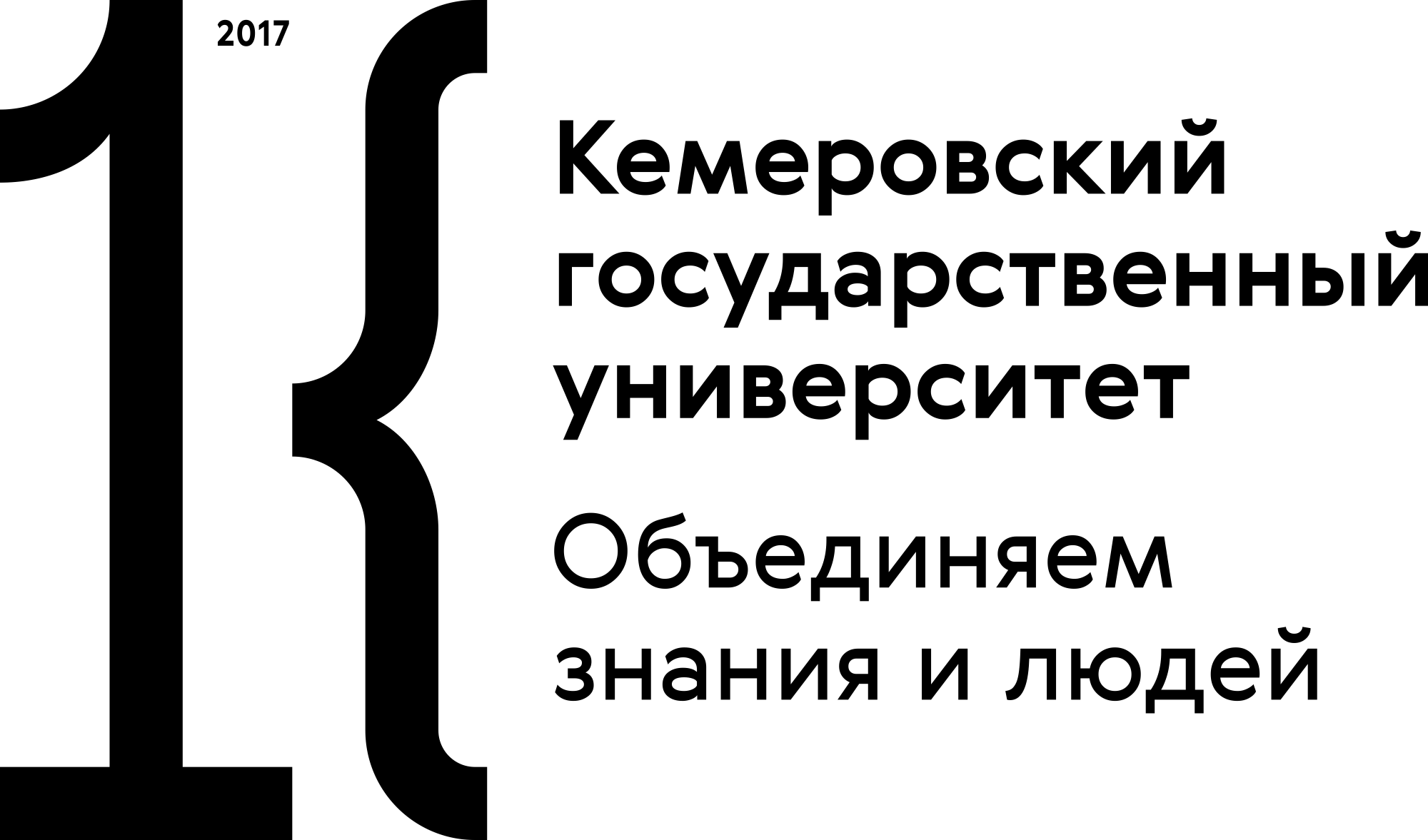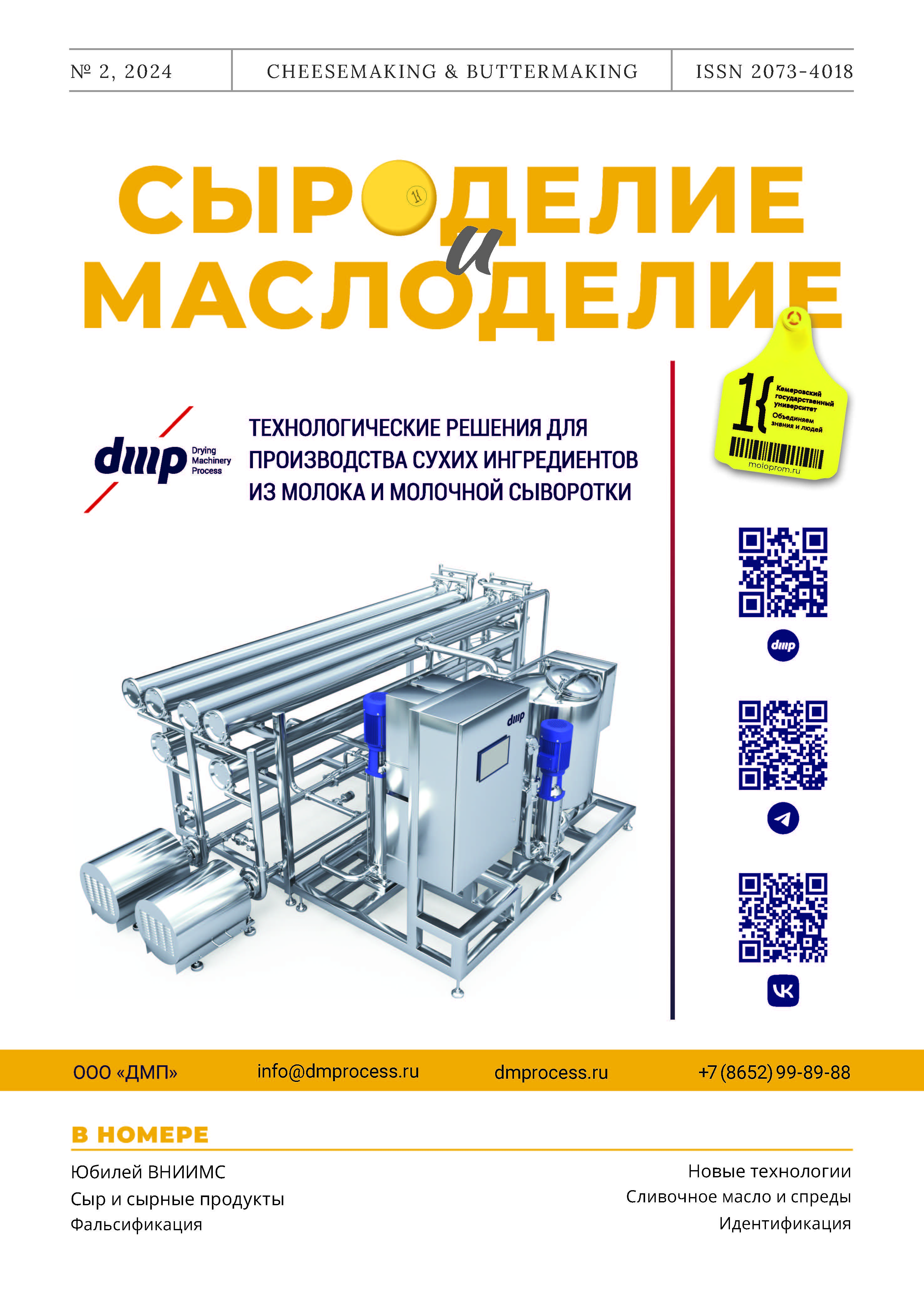Uglich, Russian Federation
Uglich, Russian Federation
Uglich, Russian Federation
Uglich, Russian Federation
The research featured the effect of fatty components on the sensory, physicochemical, structural, and mechanical indicators and functional properties of milk-containing products subjected to heat-treated cheese technology. Butter with a fat mass fraction of 72.5 % and a milk fat substitute served as fat components while rennet casein and modified starch were the protein-carbohydrate base. The list of variables included the mass fraction of fat in solids, the concentration of emulsifying salt, and humidity. The aspects tested included taste, smell, consistency, active acidity, and penetration tension. The functional properties were assessed using the pizza cheese rating scale developed at the Institute of Butter- and Cheesemaking. The tests revealed no differences in the effect of milk fat and milk fat substitute on the physicochemical, structural, mechanical, and functional properties and texture. The samples with milk fat substitute had a specific taste while the samples with butter possessed a weak creamy taste. Fat components improved the uniformity of milk-containing products produced by the heat-treated cheese method. As the mass fraction of fat increased, the penetration tension went down. Fats, regardless of their origin, had a positive effect on the gradability, meltability, and extensibility while reducing the number of blisters. If taken at maximum values, the variables led to poor texture, functional properties, and penetration stress. The best combination for heat-treated products included fats of milk origin and 2 % emulsifying salt. The finished product had 50 % moisture mass fraction and 35 % fat in solids.
functional properties, milk fat substitute, butter, milk-containing product, HoReCa
1. Svistun, N. Kompaundy dlya imitacionnyh syrov / N. Svistun // Molochnaya promyshlennost'. 2012. № 8. S. 78-79. https://elibrary.ru/pbickn
2. Kapranchikov, V. S. Vozmozhnosti rasshireniya assortimenta molokosoderzhaschey produkcii i spredov / V. S. Kapranchikov // Molochnaya promyshlennost'. 2017. №1. S. 54–55. https://elibrary.ru/xwoiur
3. Pavlova, I. V. Obespechenie kachestva i bezopasnosti zameniteley molochnogo zhira i molokosoderzhaschih produktov / I. V. Pavlova // Molochnaya promyshlennost'. 2020. № 1. S. 52–53. https://elibrary.ru/xxehof
4. Tereschuk, L. V. Modelirovanie zhirovoy kompozicii dlya molokosoderzhaschih produktov / L. V. Tereschuk, K. V. Starovoytova, M. A. Tarlyun // Molochnaya promyshlennost'. 2021. № 9. S. 43–44. https://doi.org/10.31515/1019-8946-2021-09-43-44; https://elibrary.ru/pzlwnn
5. Moliboga, E. A. Teoreticheskoe obosnovanie i eksperimental'nye issledovaniya tehnologii plavlenyh syrnyh produktov: dis. .. doktora Tehnicheskih nauk: 05.18.04 / E. A. Moliboga. – Kemerovo: Kemerovskiy tehnologicheskiy institut pischevoy promyshlennosti, 2016. – 401 s. EDN: https://elibrary.ru/XSXDTD
6. Carić, M. Processed cheese products / M. Carić, M. Kaláb // Cheese: Chemistry, physics and microbiology. Vol. 2: Major cheese groups. – Boston, MA: Springer US, 1999. – S. 467–505. http://dx.doi.org/10.1007/978-1-4615-2648-3_15
7. Villamil, R. A. Cheese fortification through the incorporation of UFA-rich sources: A review of recent (2010–2020) evidence / R. A. Villamil [et al.] // Heliyon. 2021. Vol. 7 № 1. e05785. https://doi.org/10.1016/j.heliyon.2020.e05785
8. Achachlouei, B. F. Production and characterization of a functional Iranian white brined cheese by replacement of dairy fat with vegetable oils / B. F. Achachlouei [et al.] // Food Science and Technology International. 2013. Vol. 19, № 5. R. 389–398. https://doi.org/10.1177/1082013212455341
9. Botella-Martínez, C. Healthier Oils: A New Scope in the Development of Functional Meat and Dairy Products: A Review / C. Botella-Martínez [et al.] // Biomolecules. 2023. Vol. 13, № 5. R. 778. https://doi.org/10.3390/biom13050778 EDN: https://elibrary.ru/RRPZND
10. Dunaev, A. V. Imitacionnye plavlenye syrnye produkty i voprosy importozamescheniya / A. V. Dunaev // Syrodelie i maslodelie. 2017. № 4. S. 36–37. https://elibrary.ru/zpsbuz
11. Lepilkina, O. V. Pischevaya promyshlennost'. Syrnye produkty s rastitel'nymi zhirami / O. V. Lepilkina. – M.: Rossiyskaya Akademiya sel'skohozyaystvennyh nauk, 2009. – 181 s. EDN: https://elibrary.ru/QNHWGZ
12. Dharaiya, C. Comparison of natural Mozzarella cheese with acid casein based Mozzarella cheese analogue / C. Dharaiya, A. Jana, A. Patel, D. Patel // Indian Journal Dairy Science. 2021. Vol. 74, № 4. R. 301–308. https://doi.org/10.33785/IJDS.2021.v74i04.003
13. Leong, T. S. H. Formation of Cheddar cheese analogues using canola oil and ultrasonication – a comparison between single and double emulsion systems / T. S. H. Leong [et al.] // International Dairy Journal. 2020. Vol. 105. 104683. https://doi.org/10.1016/j.idairyj.2020.104683
14. Sviridenko, G. M. Shkala ocenki syrov dlya piccy / G. M. Sviridenko, V. V. Kalabushkin, A. N. Shishkina // Syrodelie i maslodelie. 2022. № 4. S. 28–32. https://doi.org/10.31515/2073-4018-2022-4-28-32; https://elibrary.ru/fyupyp






